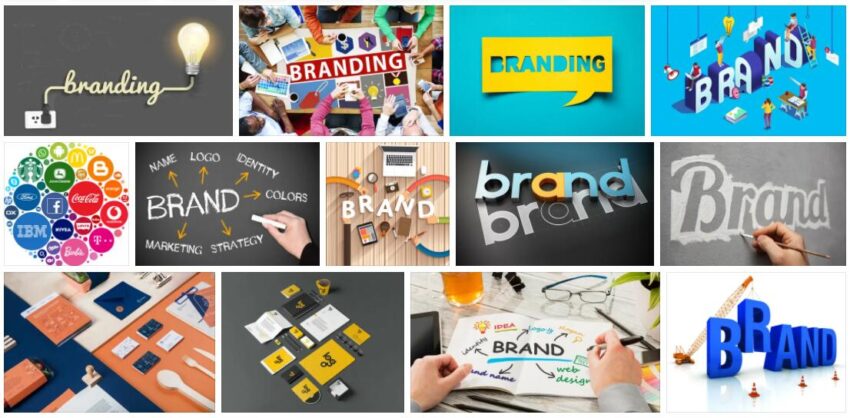Branding is an English word used in the field of marketing (also known as marketing). It should be noted that despite the popularity that the term has acquired, even in the Spanish-speaking world, it is not part of the dictionary of the DigoPaul.
The notion of branding makes it possible to refer to the process of building a brand. It is, therefore, the strategy to follow to manage the assets linked, either directly or indirectly, to a commercial name and its corresponding logo or symbol.
These factors influence brand equity and customer behavior. A company whose brand has high value, a strong corporate identity and a good market position will be a stable and secure source of income in the long term.
Branding seeks to highlight the power of a brand, those intangible values, such as uniqueness and credibility, that allow them to differentiate themselves from others and cause a unique impact on the market.
What branding tries to do is underline those qualities that the brand transmits to the customer and that constitute its strength. In this way, it is possible for the consumer to associate a brand with a value in his mind; This can be, for example, innovation. In this case, advertisers would seek to make the consumer think about the brand when looking for innovative products.
In a market that grows day by day, offering products and services that are increasingly accessible to consumers’ pockets, it is difficult to present a fresh and, at the same time, profitable proposal. Furthermore, we are going through a moment in the history of entertainment and communications in which innovation seems to be frowned upon; there is a feeling that all consumers want the same thing and that they want to pay as little as possible for it.
Building a brand, either from scratch or as a renewal of its image, in an industry that condemns visionaries, is certainly a task that fewer and fewer people dare to take on. The identity of a firm is the fundamental aspect of its existence, since it gives it the possibility of clearly distinguishing itself from the others; Curiously, this cannot be seen, for example, in the most prominent mobile phone companies, which represent the most active and successful portion of the market today. The question that arises, then, is whether the basic principles of the branding process have changed to minimize the percentage of potential losses.
The main points to take into account when making graphic design are the typography, colors and the name. These are issues that will be decisive for the positioning of the brand. Specialists in the field indicate a typeface thick and without serifs (French origin term refers to small decorations in points) shows strength and inspires confidence in consumers; hence they are the ones chosen by the banks. On the other hand, it is important not to overlook a certain degree of symbolism; the font used for the logo of a hairdresser, for example, may well be very thin and not very rigid (as if it were hair), and this does not mean that it denotes lack of responsibility or instability.
With regard to the colors selected to make a brand logo, the most common example that is used to explain its importance is the case of McDonald’s: it combines red, which indicates alert, and yellow, which symbolizes well-being and also it relates to food. It is worth mentioning that the symbology of these colors is much more complex and extensive than what is stated in the previous sentence; but taking into account these simple data, it is easier to understand the success that this chain has achieved worldwide.
Last but not least is the name. Unlike the previous two points, it is an aspect that consumers often criticize, since it is the most obvious, although not the easiest to understand. The formula for the perfect name is not known, since examples like Ford (which is the last name of its founder) show that even without creativity it is possible to build an empire; However, it is believed that the ideal is to find a relatively short word, easy to pronounce in most major languages, and with enough character and personality so that its existence makes sense even when it is not being associated with a particular product or service.
In short, branding is a process highly complex and comprehensive to solve a problem that very few perceive, and whose success depends largely on the companies.

